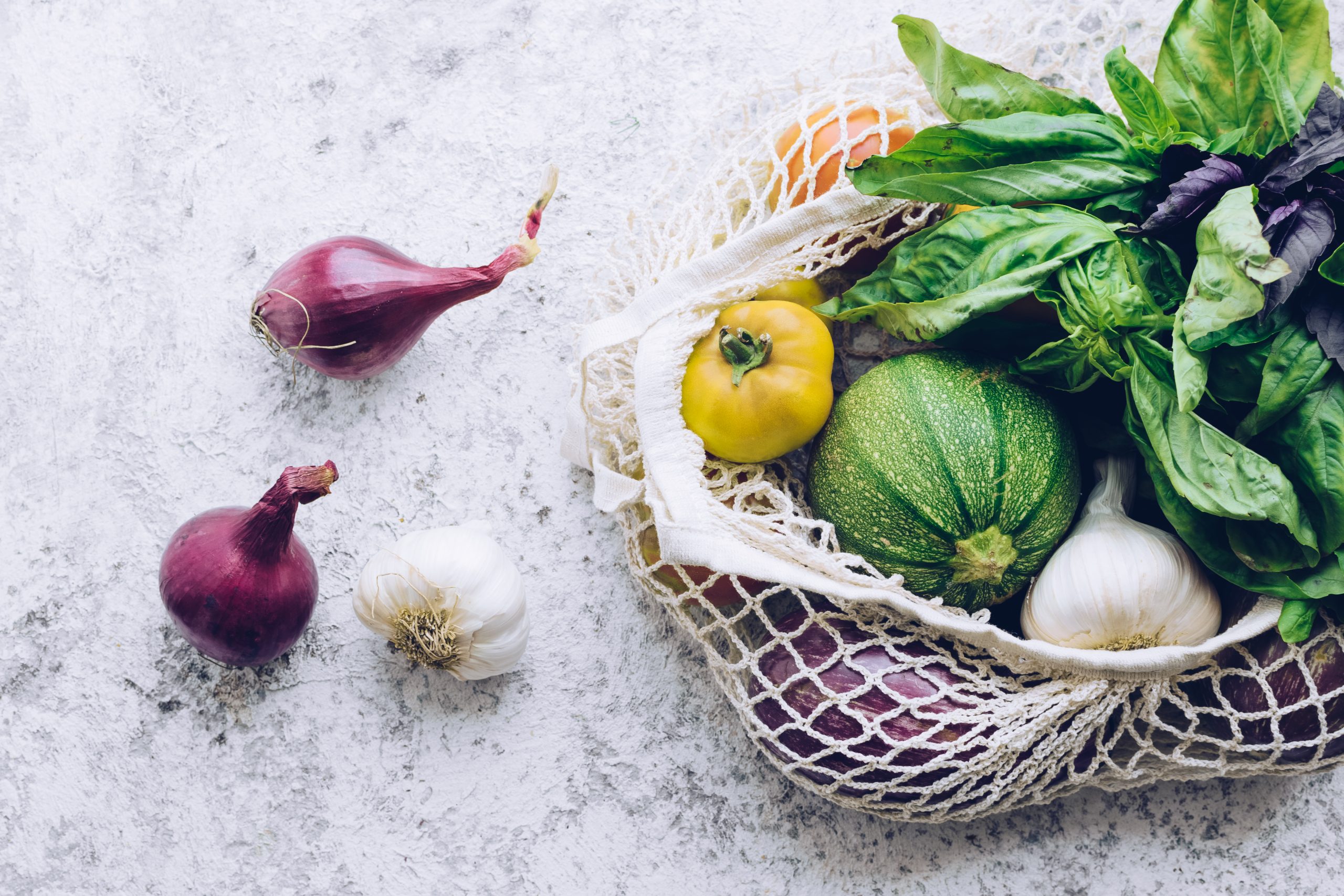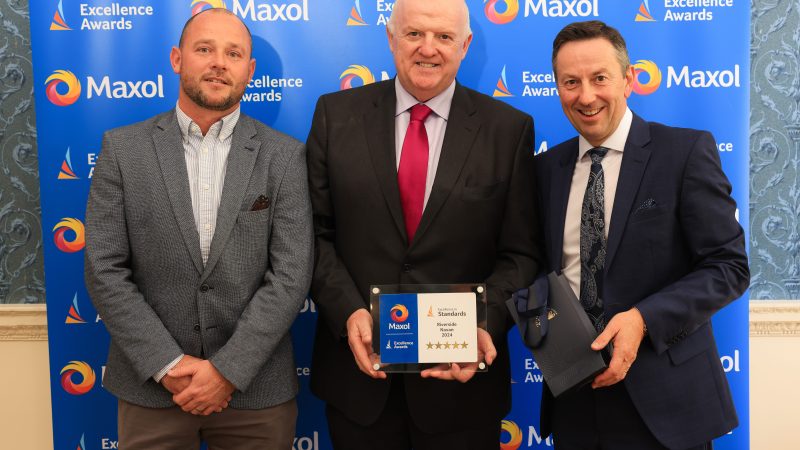Going green post-COVID-19

With eco issues put on the back burner during the pandemic, will green shopping habits make a return in our new normal?
Rewind to six short months ago, and you may remember that climate change was top of many agendas. Single use plastics were demonised, takeaway coffee cups were replaced with eco-friendly KeepCups and ‘Sustainability’ was a major buzz word.
In retail, vegan was a major food trend and sales of meat-free alternatives, plant-based options and dairy swaps surged. Consumers, by and large, were making more climate conscious decisions. And then BAM. The Coronavirus pandemic happened and environmental activism ground to a halt.
Suddenly, PPE and hand washing were a much higher priority than cutting your carbon footprint. Getting your shopping safely meant more than bringing it home in a bag for life. And ensuring your cupboards were fully stocked was more important than say eating a diet that’s kind to the environment.
The pandemic may have pressed pause on a growing climate movement, but does that mean eco issues are permanently on hold, even as we make our way back to some semblance of normality? And more over, what does it all mean for retail?
While COVID-19 may have slowed sustainable retailing, it’s not something the experts say is going away. In fact, the stats suggest that sustainable retailing is a trend that’s set to continue long after the pandemic. Deloitte found that 43 per cent of consumers were already actively choosing brands due to their environmental values, while a recent global survey from YouGov found that 67 per cent of shoppers would support the introduction of carbon labelling on products.
Meanwhile, a report by Global Data points out that many of consumers’ eco-conscious shopping habits are already ingrained. “Prior to the outbreak, shopping habits were starting to shift; 74 per cent of consumers surveyed in 2019 said they would prefer to shop at a retailer that has more loose fruit and vegetables,” the report noted.
COVID-19 may have presented more pressing issues for retailers, but environmental issues continue to influence consumer decision-making and play a part in shopper’s buying habits. A report by Shoppercentric indicates that sustainable retailing is becoming a norm rather than a differentiating edge for retail businesses. They found that 82 per cent of shoppers consider ‘environmentally friendly’ labelling within their purchase decisions.
Emily Cromwell, Sustainability Director at Deloitte says many of these trends have continued throughout the pandemic. “Our research prior to the pandemic found a significant proportion of consumers were choosing to adopt more sustainable lifestyles, with 43 per cent of consumers actively choosing brands due to their environmental values. During the pandemic we have seen trends such as more conscious consumption, increased focus on social and human rights considerations, and a desire to support responsible brands. These trends could lead to longer-term demand for sustainable retailers.
“In response, retail businesses are increasingly looking at sustainability initiatives, such as a reduction in their carbon footprint or products with a validated ethical provenance,” she adds. “For many retailers, this is an opportunity to distinguish themselves in a market where consumers are thinking a lot more about their impact on the world.”
So what are eco-conscious shoppers looking for? The dairy alternative market has exploded in recent years. The UK is currently leading the way, with consumers spending an estimated £376 million on plant-based milk between 2015 and 2019, according to Mintel. 16-24 year olds proved to be the most common consumers of plant based milk, citing sustainability issues as the reason for their purchase.
Consumers are also shopping seasonal and local to limit the miles their produce travels from farm to store. Research by Statistica finds that 72 per cent of shoppers believe buying products that are sourced constitutes sustainable shopping. For the majority, it’s all about where their food comes from.
Packaging is also influencing their purchasing decisions. Shoppers are particularly conscious of single use plastics and prefer to shop where they can find loose produce or can access refillable options and bring their own containers.
When it comes to grabbing food on the go, the sustainable snack market has been growing. According to Persistence Market Research, the global sustainable snack market is poised to witness lucrative growth by clocking a notable CAGR of 8.7 percent by the end of 2028. Salted snacks hold a considerable share of 41 percent of the market revenue, while fruit and nut snack bars and cereal and grain-based alternatives also prove popular.
As for on-the-go sustainable lunch swaps, it’s kitchen staples that are proving ever popular. Salad, pasta and rice came out on top.









